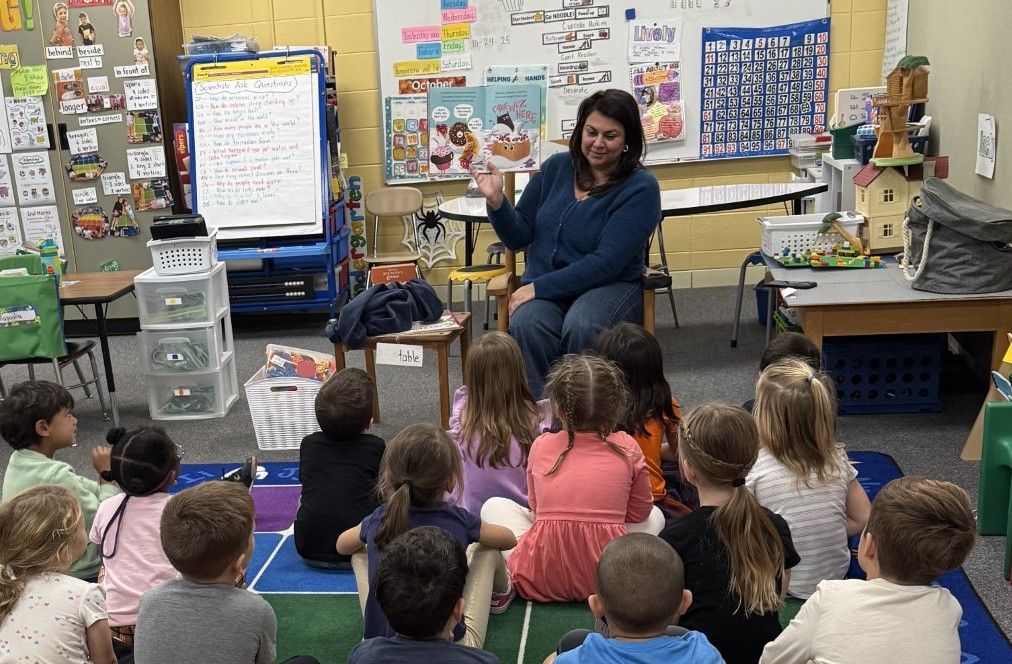 This report from NPR details the extent to which the achievement gap still separates students in the United States. The story focuses on Columbia High School in Maplewood, New Jersey. The school has a a tradition of "tracking," or separating students into classes based on their levels of academic performance. In this district of New Jersey, white suburban parents have long opposed mixed-level classes, fearing that their kids will get pulled down by the supposedly inferior abilities of under-achieving students. As a result, remedial or "catch-up" classes are filled with primarily black students, while the honors courses are predominantly white (the school itself is 40% white and 60% black and NPR reports that while kids "mix easily" during recess, they file into separate classes on command when the bell rings). When a high-level class does admit some black students, officials say that they usually stick together while teachers seem to shift their attention toward the larger group of white students.
This report from NPR details the extent to which the achievement gap still separates students in the United States. The story focuses on Columbia High School in Maplewood, New Jersey. The school has a a tradition of "tracking," or separating students into classes based on their levels of academic performance. In this district of New Jersey, white suburban parents have long opposed mixed-level classes, fearing that their kids will get pulled down by the supposedly inferior abilities of under-achieving students. As a result, remedial or "catch-up" classes are filled with primarily black students, while the honors courses are predominantly white (the school itself is 40% white and 60% black and NPR reports that while kids "mix easily" during recess, they file into separate classes on command when the bell rings). When a high-level class does admit some black students, officials say that they usually stick together while teachers seem to shift their attention toward the larger group of white students.What have we here? Racial segregation playing out on legally approved school grounds, that's what. Administrators and educators should reconsider what leveled classes are doing to students' expectations and what kinds of racial stereotypes are being perpetrated. Columbia has already made a few efforts to institute mixed-ability classes and has found that the results are surprisingly positive; a lower-ability student usually catches up to the rest of the class rather than "dragging it down." Check out the audio file for the story here and give equal opportunity for education some thought; what can we do to change perceptions of how race and education intersect?







No comments:
Post a Comment